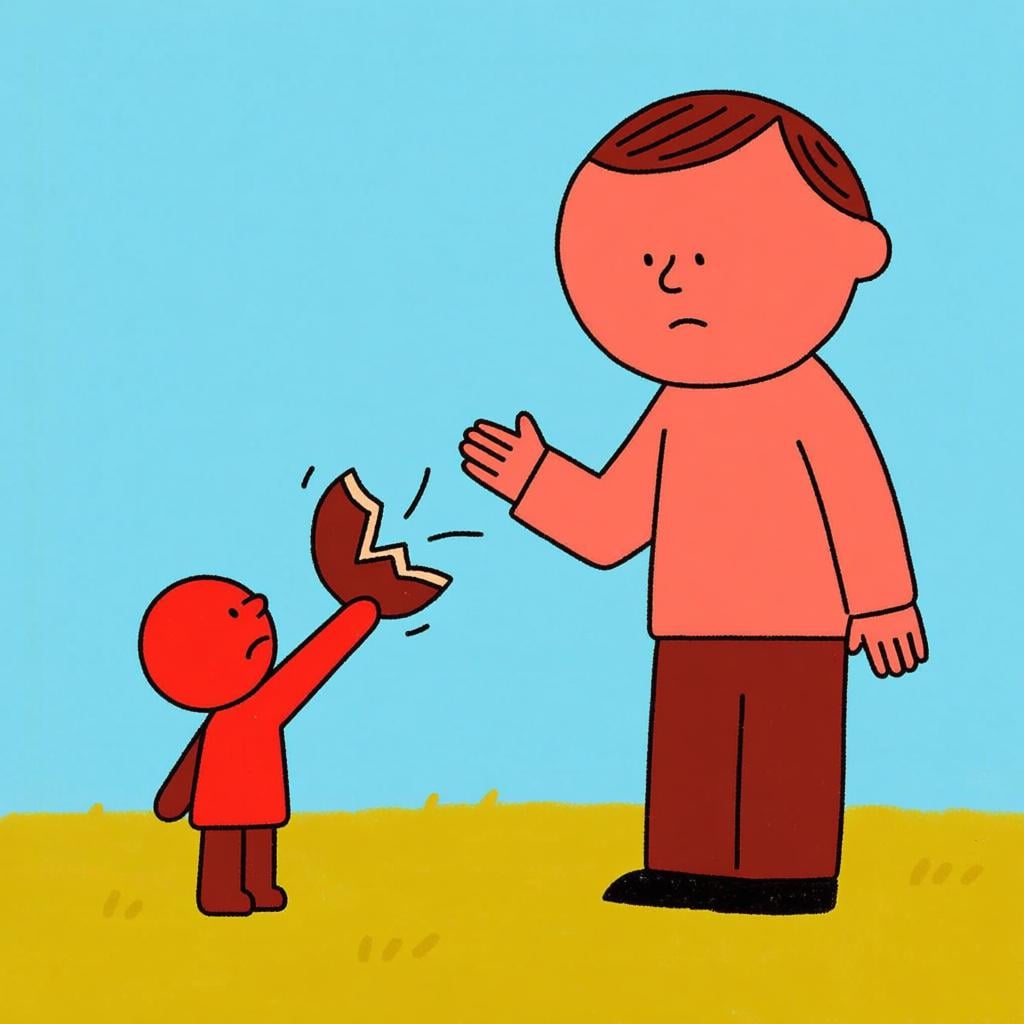disculpe
/dis-COOL-peh/
excuse me

'Disculpe' is used as an interjection to apologize for a minor inconvenience (like bumping into someone) or to politely get someone's attention ('excuse me').
disculpe(Interjection)
excuse me
?to get someone's attention
pardon me
?to ask someone to repeat something
,sorry
?for a minor inconvenience, like bumping into someone
📝 In Action
Disculpe, ¿me puede decir la hora?
A1Excuse me, can you tell me the time?
Disculpe, no entendí. ¿Puede repetirlo?
A2Pardon me, I didn't understand. Can you repeat that?
¡Ay, disculpe! Fue sin querer.
A1Oh, sorry! I didn't mean to.
💡 Grammar Points
Formal vs. Informal 'Excuse Me'
Use 'disculpe' when talking to someone you don't know, an older person, or in a professional setting (the 'usted' form). For friends, family, or people your age (the 'tú' form), you would say 'disculpa'.
❌ Common Pitfalls
For Big vs. Small Apologies
Mistake: "Using 'disculpe' when you've made a serious mistake."
Correction: 'Disculpe' is for small things. If you need to make a more serious apology, it's better to use 'lo siento' (I'm sorry) or 'perdón'.
⭐ Usage Tips
Your Go-To Polite Word
Think of 'disculpe' as your multi-tool for politeness. Use it to start a question with a stranger, to apologize for bumping into someone on the street, or to signal that you need help.

As a verb form (the formal command 'usted'), 'disculpe' means 'excuse' or 'forgive,' often used when asking someone to overlook a fault or interruption.
disculpe(Verb)
excuse
?as a formal command, e.g., 'Excuse my interruption'
forgive
?in a sentence expressing a wish, e.g., 'I hope you forgive me'
📝 In Action
Por favor, disculpe mi ignorancia sobre el tema.
B2Please, excuse my ignorance on the subject.
Espero que me disculpe por la respuesta tardía.
B1I hope you'll forgive me for the late reply.
Le pido que disculpe a mi hijo por su comportamiento.
B2I ask that you excuse my son for his behavior.
💡 Grammar Points
A Command Form
'Disculpe' is the command form of 'disculpar' for 'usted' (the formal 'you'). It's a direct but polite way to ask someone to excuse something.
A Special Form for Wishes and Doubts
'Disculpe' is also a special verb form (called the present subjunctive) used after phrases that express wishes, doubts, or emotions, like 'Espero que...' (I hope that...) or 'No creo que...' (I don't think that...).
🔄 Conjugations
indicative
present
preterite
imperfect
subjunctive
present
imperfect
✏️ Quick Practice
💡 Quick Quiz: disculpe
Question 1 of 2
You accidentally bump into an elderly woman on the street. What is the most appropriate thing to say?
📚 More Resources
Frequently Asked Questions
What's the difference between 'disculpe', 'perdón', and 'con permiso'?
They are all similar! Use 'disculpe' to get attention or for a minor bump. Use 'perdón' in the same way, but it can also be used for slightly more serious apologies. Use 'con permiso' specifically when you need to physically pass someone, like getting off a crowded bus.
When should I use 'disculpe' vs. 'disculpa'?
It's all about formality. Use 'disculpe' with 'usted' (strangers, elders, bosses) to be polite and formal. Use 'disculpa' with 'tú' (friends, family, people your age) for a more casual, informal tone.
Is 'disculpe' the same as 'lo siento'?
Not quite. 'Disculpe' is like 'excuse me' and is for small things. 'Lo siento' is like 'I'm sorry' and is used for more serious situations where you are expressing sympathy or regret, like if someone is sick or has lost something important.